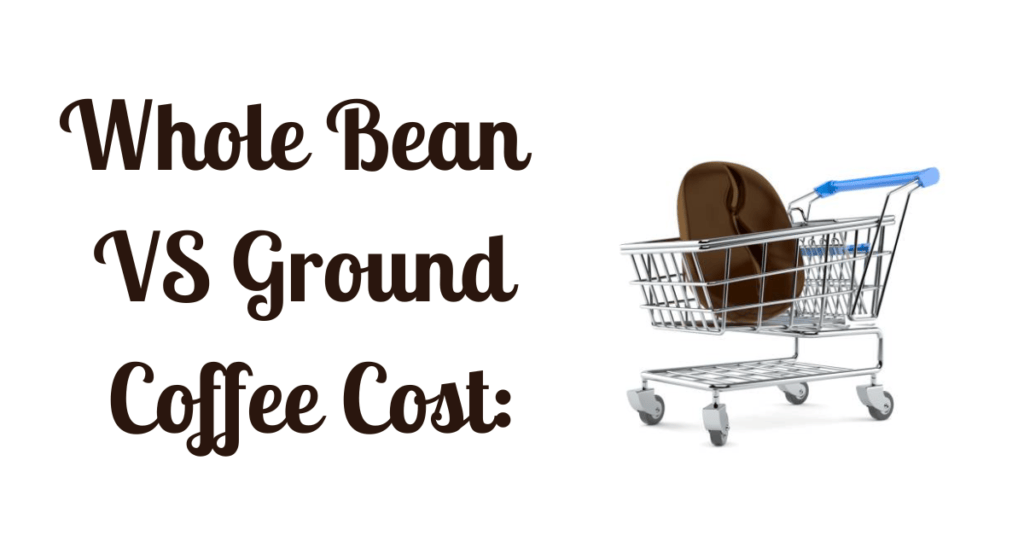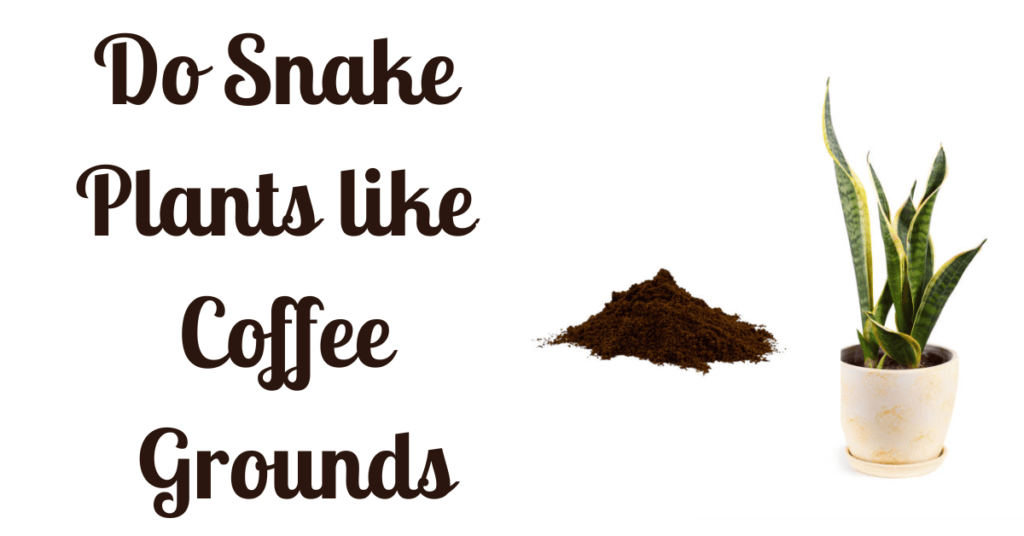If you’re a coffee lover considering cold brew, you might wonder, “Can you use regular ground coffee for cold brew?”
The answer is a resounding yes! Regular ground coffee is a convenient and cost-effective way to craft your cold brew.
The steeping process is the key to a great cold brew, and standard ground coffee works beautifully.
This blog will delve into this method, offering tips for a delicious cold brew experience with your regular coffee grounds.
We’ll also touch on the best coffee beans for cold brew, taking your cold brew game to the next level.
Discover how you can create a refreshing coffee delight with your favorite regular ground coffee, all while addressing the question, “Can you use regular ground coffee for cold brew?”
As an affiliate site, we are associated with the amazon. We might receive a commission when you use links or recommendations on our website to make qualified purchases. The cost you pay for the goods or services is unaffected by this.
Table of Contents
Can You Use Regular Ground Coffee For Cold Brew || 10 Useful Methods

When crafting the perfect cold brew, you might wonder, “Can You Use Regular Ground Coffee For Cold Brew?”
The answer is a resounding yes, and numerous methods exist to achieve that rich and refreshing coffee taste.
Let’s explore 10 diverse approaches to making cold brew using your everyday ground coffee.
Whether you prefer the classic cold brew, a mason jar method, or a sparkling twist, you’ll find the perfect technique to suit your taste.
So, let’s dive into these methods and unlock the world of homemade cold brew delights.
Method 1: Classic Cold Brew
To start, can you use regular ground coffee for cold brew? Yes, you can! Mix 1 cup of regular ground coffee with 4 cups of cold water in a container for the classic method.
Stir well and let it steep in the fridge for 12-24 hours. After soaking, strain the coffee through a filter or a French press.
Method 2: Mason Jar Cold Brew
Another easy way to create a cold brew is in a mason jar. Combine 1/3 cup of regular ground coffee with 1.5 cups of cold water. Seal the pot and let it steep in the refrigerator for 12-24 hours. Strain and enjoy.
Method 3: Cold Brew Concentrate
Use 1 cup of regular ground coffee with 4 cups of cold water for a concentrated brew. Let it steep in the fridge for 24 hours, then strain. Dilute with water or milk when serving.
Method 4: Japanese Iced Coffee
Brew a strong batch of regular coffee and pour it over ice. This method provides a flavorful and quick cold coffee fix.
Method 5: French Press Cold Brew
Place 1 cup of ground coffee and 4 cups of cold water in a French press. After steeping for 12-24 hours, press down the plunger slowly, and you’re good to go.
Method 6: Cold Brew in a Pitcher
Mix 1 cup of regular ground coffee and 4 cups of cold water in a pitcher. Steep in the fridge for 12-24 hours, then strain through a fine-mesh sieve.
Method 7: Single-Serve Cold Brew
Use a coffee filter or a tea infuser to steep regular ground coffee in cold water for a single serving. This method is perfect when you need a quick cold brew fix.
Method 8: Coffee Bag Cold Brew
Place regular ground coffee in a coffee filter, tie it securely, and steep it in cold water. It’s a hassle–free way to make a cold brew.
Method 9: Blender Cold Brew
Blend ground coffee with cold water, then strain the mixture through a filter to remove any remaining grounds. This method results in a creamy, frothy cold brew.
Method 10: Sparkling Cold Brew
Combine regular ground coffee with sparkling water for a bubbly twist on cold brew. Let it steep, then strain and enjoy a refreshing carbonated cold brew.
These 10 methods offer various ways to create a delicious cold brew with regular ground coffee, demonstrating that you can use regular ground coffee for a cold brew and enjoy a delightful, challenging coffee experience.
Can You Use Regular Ground Coffee For Cold Brew || Pros and Cons

When considering making cold brew, it’s essential to ponder, “Can You Use Regular Ground Coffee For Cold Brew?”
Regular ground coffee can be a convenient choice but has advantages and disadvantages. Let’s delve into the details:
Pros of Regular Ground for Cold Brew
1. Cost-Effective
Using regular ground coffee is generally more budget-friendly than buying specific coarse-ground coffee. It’s a frugal choice for those who love cold brew.
2. Accessible
Regular ground coffee is readily available in most grocery stores, making it convenient for impromptu cold brew cravings.
3. Variety
You have a wide range of options with regular ground coffee. You can choose from different brands, roast levels, and flavor profiles to suit your preferences.
4. Less Waste
If you already have regular ground coffee at home, using it for cold brew reduces the need for additional coffee purchases and minimizes waste.
5. Customization
You can tailor the strength and flavor of your cold brew by experimenting with different ratios of regular ground coffee to water, giving you more control over the final product.
Cons of Regular Ground for Cold Brew
1. Sediment and Over-Extraction
Regular-ground coffee is finer than coarse-ground coffee, which can lead to more sediment in your cold brew. Over-extraction is a risk, resulting in bitterness if steeped too long.
2. Clumping and Clogging
The acceptable grounds of regular coffee can lead to filter clogging issues and may require additional steps to ensure a smooth extraction process.
3. Inconsistent Grind
Regular coffee may not have the consistency of a coarse grind, leading to varying extraction rates in different parts of the coffee grounds.
4. Filter Challenges
Regular ground coffee can be more complex to filter out completely, potentially affecting the clarity of your cold brew and causing some cloudiness.
5. Taste Variability
Depending on the brand and roast of your regular coffee, the flavor of your cold brew may differ. It might not have the consistency you’d get with dedicated coarse-ground coffee.
Using regular ground coffee for cold brew has both advantages and drawbacks.
While it’s a cost-effective and accessible option, it may require more careful handling to achieve a precise and well-balanced cold brew.
Experimenting with different grind sizes and brew times can help you find the sweet spot that works for you.
Types of Regular Ground Coffee || Choose the Best One

When venturing into the cold brew world, you might ask, “Can You Use Regular Ground Coffee For Cold Brew?”
Regular ground coffee is essential for a successful and flavorful cold brew experience.
In this comprehensive guide, we’ll explore the various types of regular ground coffee and how to make an informed choice when preparing your cold brew.
Your choice of coffee grounds can significantly impact the taste and quality of your cold brew, so let’s dive into the details to help you make the best selection.
Types of Regular Ground Coffee
1. Medium Roast
Medium roast coffee is a popular choice for cold brew. It balances the flavors of light and dark roasts, offering a mild acidity and a range of flavor notes.
It’s versatile and complements the cold brew process well.
2. Dark Roast
Dark roast coffee provides a bold and rich flavor profile, making it an excellent option for those who prefer a robust and intense cold brew.
The dark roast’s deep, smoky notes can shine through in the slow extraction of cold brew.
3. Single-Origin Coffee
Single-origin coffee is sourced from one specific region, allowing you to experience the unique flavors of that area.
It’s an excellent choice for those who appreciate the nuances of coffee. Various regions have distinct taste profiles, such as fruity, nutty, or floral notes.
4. Blended Coffee
Blends combine beans from different regions to create a balanced and complex flavor. They offer a consistent taste, which can appeal to those who want a reliable cold brew experience.
5. Organic Coffee
Organic coffee is grown without synthetic pesticides or fertilizers. This is the way to go if you prefer an environmentally friendly and chemical-free option. Look for certifications like USDA Organic.
How to Choose the Right Regular Ground Coffee for Cold Brew
You need to know how you can choose the best regular ground coffee for a cold brew; follow the instructions below guidelines to select the best one:
1. Consider Your Taste Preferences
Think about the flavor profile you enjoy in coffee. Do you prefer a milder taste or a bold, smoky one? Knowing your taste preferences will guide your choice.
2. Experiment
Don’t be afraid to experiment with different types of regular ground coffee. Try a few options to discover which suits your palate and cold brew preferences.
3. Freshness Matters
Always choose freshly ground coffee. Coffee beans have volatile flavor compounds that can deteriorate over time. Look for a roast date on the packaging.
4. Grind Size
You want a coarse grind for cold brew, but if you’re buying pre-ground coffee, ensure it’s not too fine. It should be similar in texture to breadcrumbs.
5. Packaging
Opt for coffee stored in airtight, opaque packaging to protect it from light and air, which can degrade the flavor.
6. Read Reviews
If uncertain, check for reviews and recommendations online or consult your local barista for suggestions.
Selecting the proper regular ground coffee for your cold brew is critical to achieving a delicious and satisfying result.
Your choice of roast, origin, and personal taste preferences will guide your decision. Experimentation is vital to finding your perfect cold brew combination.
Smooth Cold Brew Making || Tips and Tricks

Creating a smooth and enjoyable cold brew is not just about choosing regular ground coffee; it’s also about brewing.
To ensure a fantastic outcome when you ask, “Can You Use Regular Ground Coffee For Cold Brew,” let’s explore some valuable tips to elevate your cold brew game.
Tips for a Smooth Cold Brew
1. Use Coarse Ground Coffee
Start with the right grind. Choose coarsely ground regular coffee. This prevents over-extraction and minimizes sediment, resulting in a cleaner, smoother cold brew.
2. Proper Coffee-to-Water Ratio
The ideal coffee-to-water ratio for cold brew is about 1:4 or 1:5, depending on your taste preference. Experiment with ratios to find your sweet spot.
This ensures the right level of strength without being too concentrated.
3. Cold Brew Steeping Time
Patience is key. Allow your regular ground coffee to steep in cold water for at least 12-24 hours in the fridge. Longer steeping times can lead to a smoother brew with fewer bitter notes.
4. Filtered Water
Always use clean, filtered water when making cold brews. Tap water with impurities can affect the taste of your final product.
5. Stirring or Agitating
It’s a good practice to gently stir or agitate the coffee-water mixture during the steeping process. This ensures even extraction and a more uniform flavor profile.
6. Cold Brew Equipment
Invest in a cold brew maker, a French press, or a mason jar. These specialized tools help with the filtering process, making it smoother and more efficient.
7. Strain Twice
To eliminate as much sediment as possible, strain your cold brew twice. Use a fine-mesh sieve or a dedicated cold brew filter.
8. Dilute Before Serving
Cold brew concentrate is potent. To achieve the right balance, dilute your cold brew with water or milk to your preferred strength.
9. Experiment with Flavors
Enhance your cold brew experience by experimenting with flavors. Add a splash of vanilla extract, cinnamon sticks, or chocolate syrup to create unique and delightful variations.
10. Serve Cold Brew Over Ice
Serving your cold brew over ice chills it and dilutes it slightly, enhancing the smoothness.
By following these tips, you can create a smooth and refreshing cold brew that showcases the qualities of regular ground coffee while minimizing any potential bitterness or sediment.
Your cold brew will answer “Can You Use Regular Ground Coffee For Cold Brew?” with a resounding yes.
Regular Grounds to Coarse Grounds for Cold Brew || Comparison

Choosing between regular and coarse-ground coffee plays a significant role in crafting cold brew coffee.
When pondering, “Can You Use Regular Ground Coffee For Cold Brew,” it’s essential to understand the differences and make an informed decision.
Let’s delve into a detailed comparison to help you make the right choice for your cold brew.
1. Size Matters
- Regular Grounds
Regular ground coffee is finer in texture, similar to what you would use in a drip coffee maker. It has a powdery consistency, like table salt.
- Coarse Grounds
Coarse ground coffee, on the other hand, is noticeably larger, resembling breadcrumbs or sea salt. It’s more substantial in size.
2. Extraction Rate
- Regular Grounds
Because regular ground coffee has a finer texture, it has a higher surface area, which can result in a quicker extraction process. This may lead to over-extraction and a bitter taste if not carefully monitored.
- Coarse Grounds
Coarse ground coffee has a slower extraction rate due to its larger particle size. This makes it ideal for cold brew, allowing for a more gradual and balanced extraction of flavors.
3. Sediment and Clarity
- Regular Grounds
Regular ground coffee in cold brew can produce more sediment in the final product. The fine particles are more complex to filter out completely, affecting the clarity of your cold brew.
- Coarse Grounds
Coarse ground coffee produces a cleaner and less cloudy cold brew. The more enormous grounds are more accessible to filter, resulting in a smoother and more transparent beverage.
4. Flavor Profile
- Regular Grounds
Regular ground coffee may lead to a different flavor profile in your cold brew. It can be more intense and potentially include undesirable bitter notes if not carefully controlled.
- Coarse Grounds
Coarse ground coffee allows for a smoother, milder, and less bitter cold brew, making it a preferred choice for many.
5. Filtering Process
- Regular Grounds
Filtering regular ground coffee can be more challenging due to the fine particles. It may require additional steps to ensure a sediment-free cold brew.
- Coarse Grounds
Coarse ground coffee is more easily filtered, simplifying the cold brew process and reducing the risk of clogging your filters.
Choosing between regular and coarse ground coffee for cold brew can significantly impact your final product’s taste, sediment levels, and clarity.
While regular ground coffee can be used, coarse grounds are often preferred for a smoother, more balanced cold brew experience.
It’s essential to consider your preferences and experiment to find the perfect fit for your “Can You Use Regular Ground Coffee For Cold Brew” journey.
FAQs || Can You Use Regular Ground Coffee For Cold Brew
What happens if you use regular ground coffee for cold brew?
When you use regular ground coffee for cold brew, the resulting coffee may have a stronger and potentially more bitter flavor due to the finer grind, but it can still make a satisfying cold brew.
Can I make cold brew with ground coffee?
Yes, you can make cold brew with ground coffee, and it’s a popular and cost-effective option for cold brew enthusiasts.
Can I use store bought ground coffee for cold brew?
Yes, you can use store-bought ground coffee for cold brew, and it’s a convenient choice for making this chilled beverage.
Can you brew regular coffee in cold water?
No, regular coffee in cold water results in a weak, under-extracted beverage; cold brew requires a slow steeping process.
Conclusion
In conclusion, when pondering “Can You Use Regular Ground Coffee For Cold Brew,” the choice becomes crucial in shaping the quality of your cold brew.
Compared to regular ground coffee, coarse ground coffee often prevails as the preferred choice for its smoother extraction, reduced sediment, and milder flavor profile.
However, the door to experimentation remains open, as personal preferences vary.
Remember that the grind of whole-bean coffee can also be adjusted, offering a level of customization that can further enhance your cold brew experience.
Whether you opt for regular or coarse-ground coffee or venture into the world of whole-bean possibilities, the key to a delightful cold brew lies in the journey of discovery and flavor exploration.







